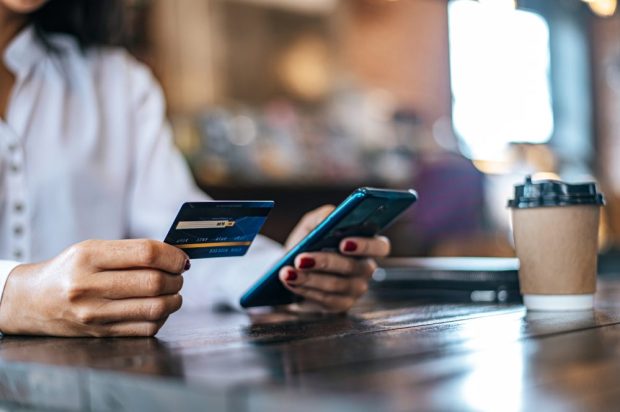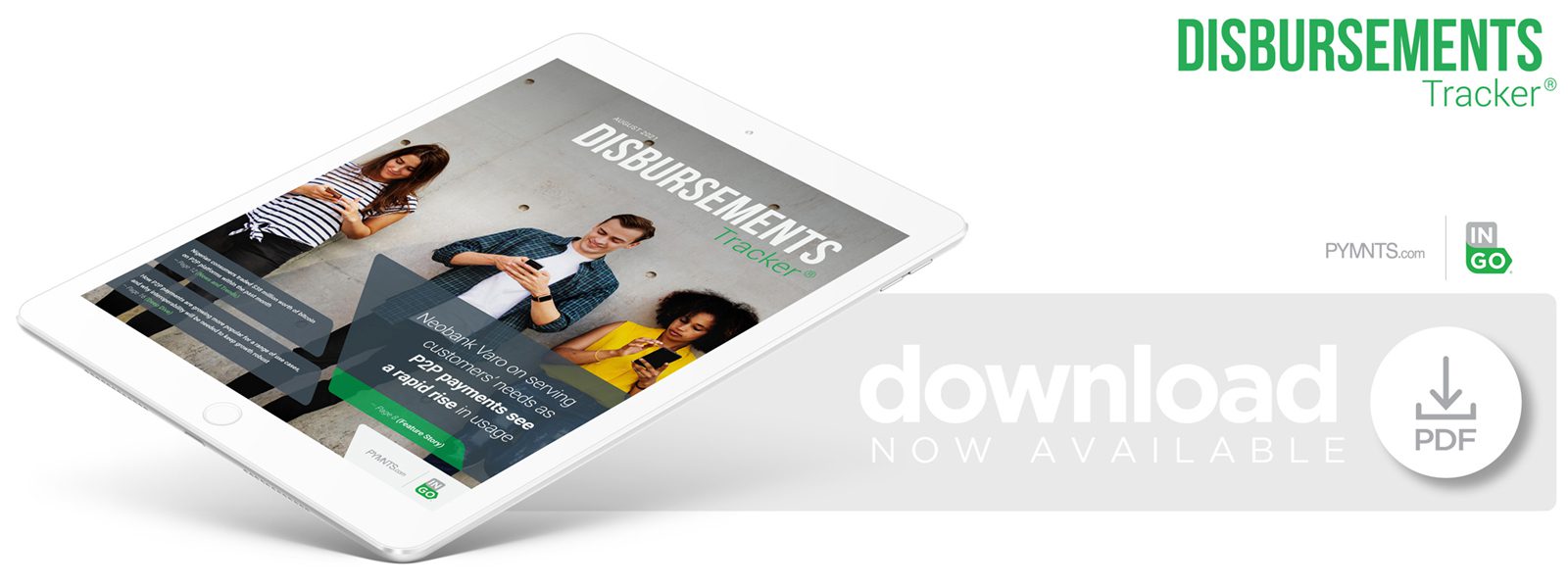Deep Dive: How P2P Payments Are Catching on Among Consumers and Businesses, and Why Chasing Interoperability Is Key to Growth

Once social distancing, retail closures and other health-related changes became part of daily life for individuals worldwide, it did not take long for them to adjust their purchasing habits to match the new normal.
Consumers of all ages began looking for payment methods that enabled them to avoid in-person interactions, leading many to migrate to digital solutions to handle their payments needs. A December survey of more than 2,000 Americans revealed that since the health crisis began, 65% had used a mobile app or digital platform to make a purchase for the first time. While payments providers and merchants have long provided consumers with digital shopping experiences, fast payment methods that allowed them to avoid physical contact and transact seamlessly around the globe caught on in a big way last year as eCommerce accelerated.
Certain payment tools have seen particularly robust growth as they help consumers meet their new needs, including peer-to-peer (P2P) payments. P2P solution providers allow individuals and businesses alike to use apps or payment portals to instantly transfer funds to each other, making them well-suited to the fast-paced, digital nature of modern commerce. The December survey found that P2P payments usage nearly doubled year over year in 2020, with a staggering 77% of respondents saying they used a P2P app last year compared to 42% in 2019. What’s more, 89% of consumers plan to continue using P2P apps as often as they do now even after the pandemic ends — a testament to their staying power.
Still, there is room for improvement in the P2P payments space. Consumers and businesses tend to favor certain apps when transacting, with 32% of consumers using Cash App, 26% tapping PayPal-owned Venmo and 20% leveraging Early Warning Services’ Zelle. The trouble is that these services operate separately on closed networks, meaning that users who wish to pay and be paid must agree to download and use whichever solution their counterparts are using. The following Deep Dive examines the rise of P2P payments and why interoperability is needed to help them expand across borders in the years ahead.
Riding the P2P Payment Rails
P2P services have witnessed a boom in adoption during the pandemic, and there is no reason to believe consumers’ habits will change once it ends. Research found that roughly 20% of consumers are using P2P payments more now than they did prior to the health crisis, and the method no longer is seen as just a way to send money to friends and family. These instant digital payments now are being used for a whole host of expenses, such as compensating small businesses and service providers, donating to charities and even paying rent.
P2P payment usage often is associated with younger consumers, but recent surveys have shown that these options are catching on with consumers of all ages. One study revealed that 45% of U.S. consumers ages 55 to 72 have used or intend to use P2P services, in fact. Consumers in this age group also generally seem self-assured and satisfied when using these tools, with 69% saying they were confident using P2P payments technology and 77% saying these transactions were seamless. This suggests that these services will begin to see greater adoption among consumers interested in participating in a digitized economy.
FIs around the nation are becoming more aware of the draw of P2P payments, with large banks as well as credit unions (CUs) and regional players integrating these services. As a result, the global P2P payment sector accounted for almost $2 billion last year and is expected to total $4.6 billion by 2028 — a CAGR of more than 11%.
The Need for P2P Payments Interoperability
P2P payments services are poised to continue to grow, but there still are several hurdles preventing consumers from using the solutions to make instant payments to anyone, anywhere and at any time. The closed nature of these P2P networks means that the consumers and businesses using them must download and leverage specific apps, whether it be Cash App, Venmo or Zelle, if they wish to transact with partners via a specific service.
Changing this will require the creation of services that allow for interoperability across all platforms, according to Ingo Money CEO Drew Edwards. Allowing consumers to use their preferred P2P apps is the key to giving them real payments choice, he explained, removing another friction from the P2P payments process and moving the space closer to ubiquity.
P2P payments usage has accelerated rapidly over the past 17 months, and it shows few signs of slowing. Giving consumers the opportunity to seamlessly and instantly transact with peers and businesses across multiple platforms likely will be key to driving the space’s growth to new heights in the future.

